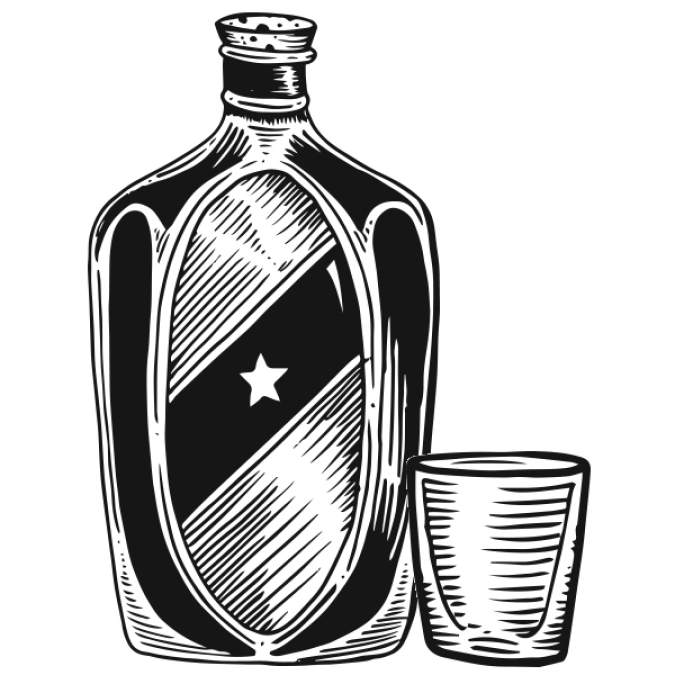With the oh-so-apparent seasonal change comes a change, too, in what fills our wine glasses: Roses and lighter-bodied white wines are on their way out, while the winter powerhouses are still a few months and a dozen degrees away. That opens the door to a whole range of wines that are often neglected: lighter-bodied reds and full-bodied whites. Not coincidentally, they happen to pair perfectly with fall’s most notable foods. Here, four ingredients and the wines that’ll bring them fully to life:
In Washington, fall is first and foremost apple season, and fortunately apples have several natural wine pairings. Rieslings, especially those from Germany, are the apple’s best companion. With their intense green-apple notes and brisk acidity, they’re ideal for almost any apple preparation. That said, if you’re using a sweeter and richer apple (see Voracious for information on this season’s apples), or are roasting or poaching them, I’d encourage you to look more locally: The Eroica riesling from Chateau Ste. Michelle is one of the state’s best year in and year out, offering a bit more generous fruit while preserving that core of acidity that makes riesling such a good food wine.
Autumn also always makes me think of squash, the hard-shelled varieties. From butternut to acorn to my personal favorite, delicata, there are so many wonderful ones to choose from. Many have a rich, nutty, slightly sweet character that can be a bit tricky to pair with wines. If you can get your hands on a nice bottle of Chardonnay from Burgundy, particularly Meursault or Puligny-Montrachet or a local version like the Abeja, the slight butteriness and citric zing will do wonders with that squash. If you can find a slightly older vintage of these, like a 2009 or 2010, even better.
Red wines can complement squash well too. My first choice: Spanish Riojas. Their rustic earthiness and tannic heft, and slight nuttiness from the way they’re aged, will help balance the squash’s rich creaminess. If you can find a Riserva-level version, you should be just dandy. Several local producers are experimenting with tempranillo (the primary grape in Rioja), and while it may take some time until they can match the quality of classic Spanish wines, the grape does seem well-suited for eastern Washington.
With the return of fall rain comes the sprouting of many glorious wild mushrooms, first among them the King Bolete, or porcini mushroom. Seared, grilled, or sauteed, it has a wonderfully powerful meaty flavor that cries out for a pinot noir. While the communes of Burgundy are renowned for their pinots, I’d encourage you to explore those of Oregon’s Willamette Valley. While they may not match Burgundy’s intense earthy aromas, they still often have a nice hint of mushrooms, dried leaves, and woodsmoke coupled with slightly more generous fruit tones. In Oregon’s Dundee Hills, Domaine Drouhin makes incredibly elegant and complex wines, while at a lower price point I’d recommend A to Z Wineworks’ pinot.
Fall is also the season to move meats from the grill to the oven (if not all the way into the slow-cooker). One of my favorite dishes in this vein is extremely simple—just roasted chicken with root vegetables like turnips, carrots, or potatoes. Chicken is both easy and challenging to pair: Because it’s not very fatty, it needs a wine without much in the way of tannins, but it’s relatively versatile after that. I’d recommend a mourvedre, which is classically a grape of the southern Rhone Valley and Provence but has also found a willing home here in Washington. In particular, McCrea Cellars’ mourvedre is a spicy, earthy treat, but light enough on the tannins to enhance the chicken, not overpower it.
Are there fall foods you’d like help pairing? Questions, comments, criticisms, and even compliments can be directed to the address below, or follow me on Twitter @zgeballe.
thebarcode@seattleweekly.com







